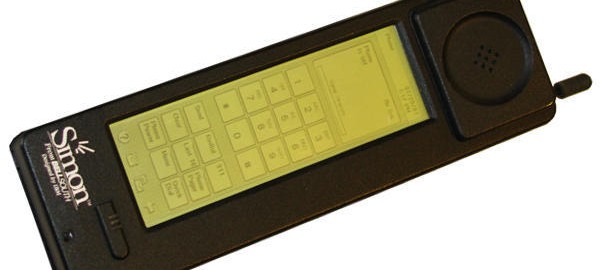The world’s first ever smartphone celebrates 20th anniversary
On Saturday 16th August 2014 the world’s first ever smartphone, the IBM Simon celebrated the 20th anniversary of its release to the public way back in in 1994. The London’s Science Museum, has added a display in their new ‘Information Age’ gallery, to commemorate the 20th year since it was released.
The gallery’s overseer Charlotte Connelly explained “The Simon wasn’t called a smartphone back then, but it had a lot of the features we see today. It had a calendar, it could take notes and send emails and messages and combined all of this with a cell phone.” The IBM Simon was only released in the United States of America and only had network coverage in 15 states, so there was no need for any translation services because it didn’t penetrate most local states in America let alone international markets.
The IBM Simon was the first of its kind to combine computing features and mobile phone technology. Although it was ahead of its time in terms of technology and innovation, it was a far cry from what we are used to in today’s modern smartphones dominated by the Apple’s iPhone, the Samsung Galaxy range and HTC. In terms of sheer size and weight, the comparisons between the IBM Simon and say the Samsung Galaxy S4 is like comparing an elephant to a mouse and not the type of mouse with big ears and white gloves that you might find in Disneyland either!
With the IMB Simon weighing a whopping, not so pocket friendly 500g (1.1lbs) compared to the Samsung’s featherlike 130 g (0.3lbs) and a battery life of just one hour compared to the S4’s 17 hour talk time battery life. With the tiny battery life coupled with the fact that it weighs nearly as much as a small child and that hefty black box look, it is no wonder the IBM Simon wasn’t very successful.
As Charlotte Connelly describes “It looks like a grey block but it’s not as big as you’d imagine,” she said. “It had a stylus and a green LCD screen, which is similar in size to the iPhone 4. In fact, it’s not a bad looking thing.”

IBM Simon with Stylus
Although attracting members of the business community because of the gap in the market for a portable device with the capabilities of a computer and despite having some impressive software applications such as the ability to link up to a fax machine. The IBM Simon never made an impact and eventually disappeared into the abyss just two years after it was released with just 50,000 sales probably owing to its substantial price tag and the fact it was truly ahead of its time. Ms Connelly says “It only had an hour’s battery, it was $899 and there was no mobile internet at the time. So it wasn’t very successful,” said Ms Connelly.
Now 20 years later the IBM Simon is finally being celebrated and appreciated, which often seems to be the way with a lot of retro technology. The IBM Simon will be displayed in October along with more than 800 other objects of retro technology highlighting how much technology has evolved in the last 200 years. Without innovative technology such as the IBM Simon the world would have never become so globalised and connected as it is now, there would be many more barriers in international relations and a lot of things would get lost in translation. Ms Connelly describes the exhibition as a reminder of a different time. “It does remind us of that time. I definitely enjoy getting away from things and deliberately disconnecting myself, there’s something quite nice about that.”




